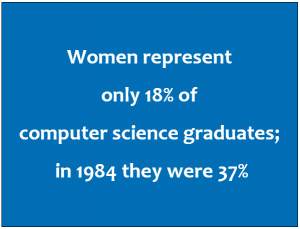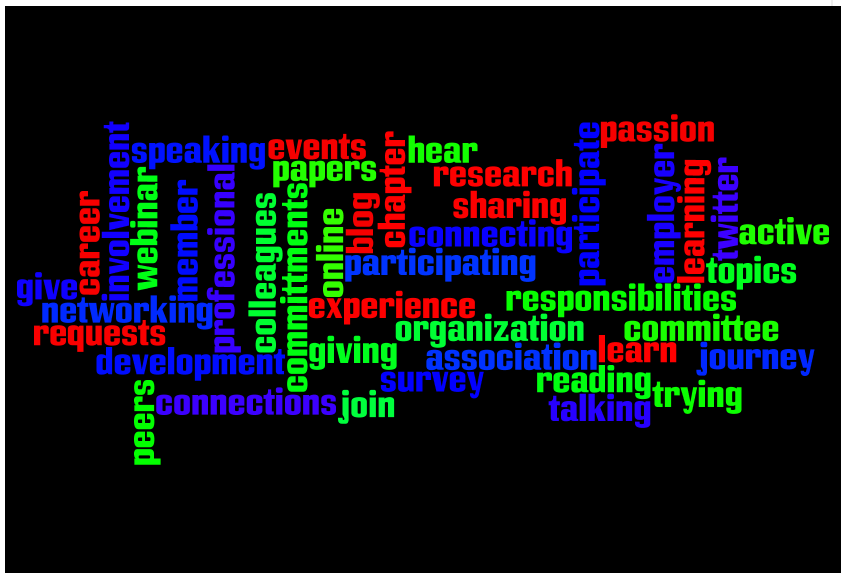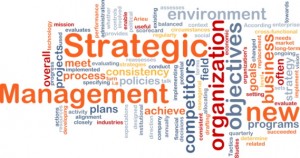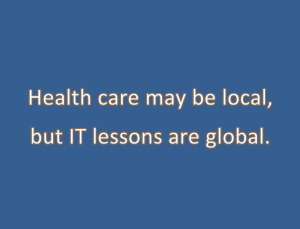I have been hesitant to talk about women’s issues here, but I’ve been encouraged to do so by many women colleagues. They tell me I have a platform, so use it! Young women tell me that I, a female CIO, am a role model and that they want to learn from me.
I’ll be doing an opening dinner keynote talk soon at an invitation only health IT conference. I plan to talk about unlocking the potential of our future workforce. So, what does that mean? Among other steps, we need to encourage more women to pursue careers in technology.
Here are some troubling statistics and trends: Continue reading









